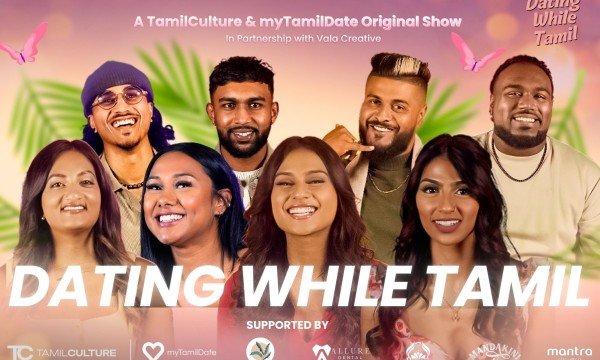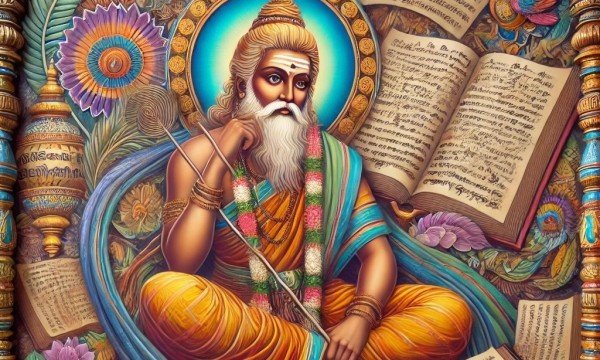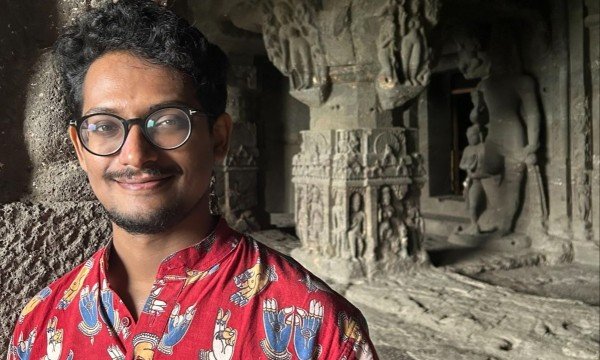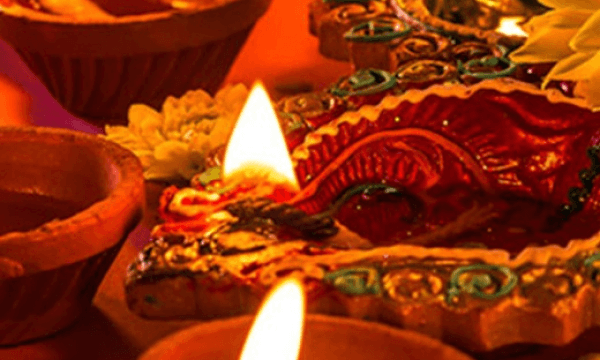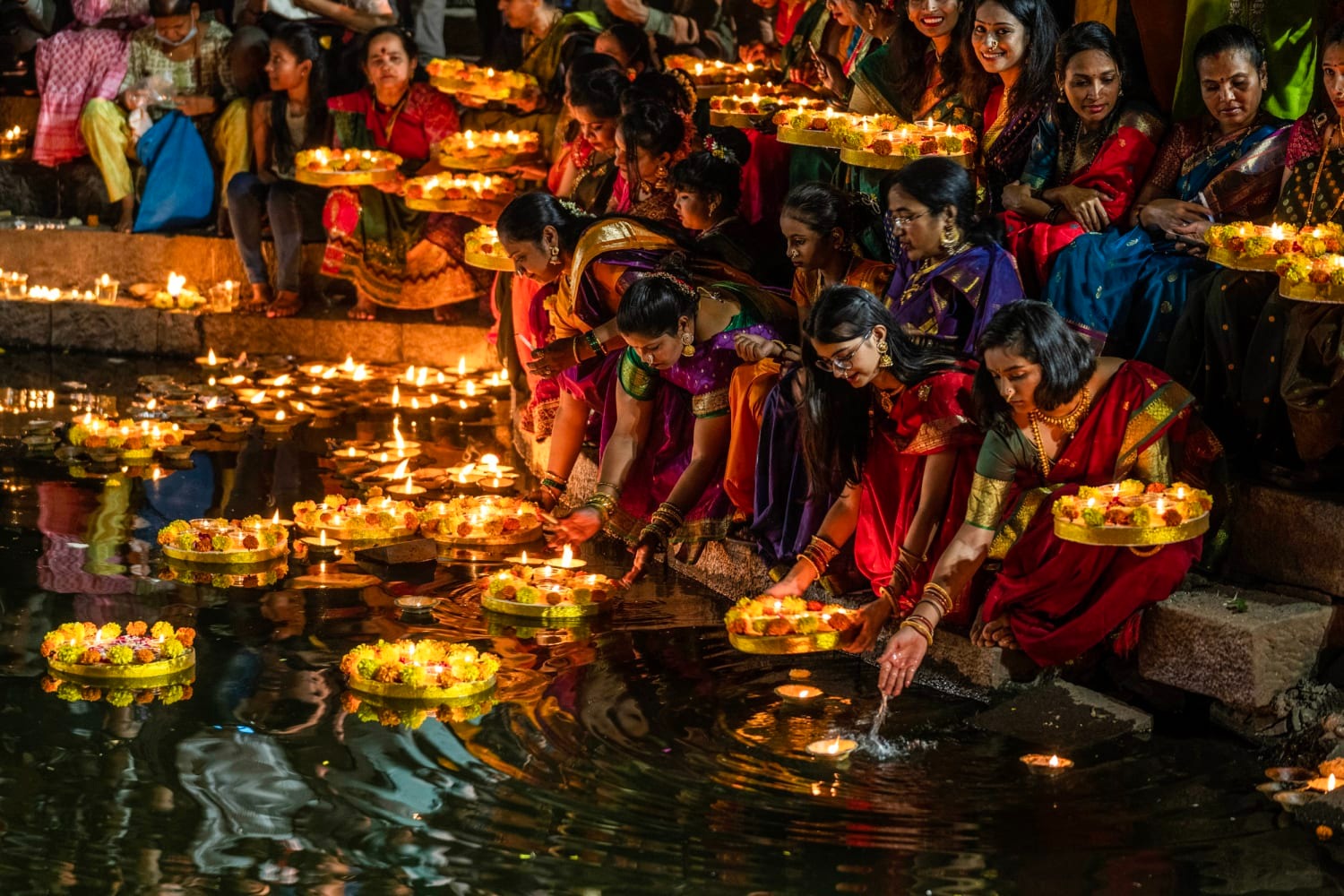
The popular mythologies associated with the grand festival of lights, known as Diwali (தீபாவளி), are twofold: one is from the Ramayana, where Rama returns to Ayodhya after defeating Ravanan. The other, which Tamils associate with, is Krishna killing Narakasuran. Both mythologies emphasize the theme of good overcoming evil. However, did you know that there is no direct reference to Diwali as a festival in the Vedas, the ancient holy texts associated with the Vedic tradition, which has now merged into modern-day Hinduism?
When researching the origin of Diwali, the 1945 work of Sanskrit and Prakrit scholar P.K. Gode is particularly helpful. In his paper, “Studies in the History of Hindu Festivals—Some Notes on the History of the Divālī Festival—(Between c. AD 50 and 1945),” he pointed to evidence suggesting that the most primitive nature of this festival is likely that of a harvest seasonal festival from North India. According to his research, Diwali is celebrated at the end of the month of Aasvin (Aashan) and on the new moon, continuing into the first four days of the month of Kaartik in the Hindu calendar. This period not only signifies the onset of cooler weather but also marks the conclusion of the rice harvest. With the harvest complete, it is a time for preparing the land for the next crop, as farmers begin to manure their fields for future growth.
This is reflected in how indigenous communities in India celebrate Diwali. For instance, the tribal community of Bastar has its own unique version of the festival, called "Diyari Tihar." During this celebration, they participate in rituals that involve worshiping crocodiles to ensure safety for life and property. The local Mahalakshmi Puja in Bastar is known as “Raja Diyari.” The Diyari Festival lasts about one and a half months, celebrating the rice harvest. In the Dahi region of Madhya Pradesh, 62 tribal villages observe Diwali for two months, showcasing their cultural heritage. The timing of the festival is determined by the village head and takes place after the harvest. Livestock worship plays a central role in the festivities, with villagers purchasing clay dhavas and majalis from potters to adorn their animals. Cows, buffaloes, and bulls are beautifully decorated and honored in various ceremonies. Similar nature-focused celebrations can also be found among other indigenous communities.
However, over time, as Hindu mythologies became popularized, they appear to have merged with these indigenous festivals. This blending raises concerns about the misrepresentation and erasure of indigenous cultures.
Moreover, for Tamils, the mythological story of Rama defeating Ravanan is particularly problematic, as Ravanan is regarded by many as a Tamil king who was well-versed in many fields and a source of pride in their national identity. Celebrating a festival centered on the slaying of their king has sparked discourse over the years.
For Tamils, the festival of lights is Karthigai Theepam, which I have previously written about: "Yes, Ancient Tamils Celebrated the Festival of Lights. But, it’s not Diwali. Have you Heard of Karthigai Theepam?
In short, Karthigai Theepam is one of the oldest festivals still celebrated today, and as a community, we should ensure that it continues to be honored. Just like Diwali, it has now been associated with Hindu mythological stories, but its essence remains rooted in nature worship.
As you celebrate Diwali, remember that these ancient festivals represent more than just the battle of good versus evil. Celebrate, but also delve into their roots. As the world grapples with climate change, perhaps it’s a good time to gather with family and discuss indigenous festivals like Diwali that focus on harvest and agricultural traditions.
Sources:
-
The Sweet Salt of Tamil by Tho Paramasivan
-
Studies in the History of Hindu Festivals—Some Notes on the History of the Divālī Festival—(Between c. AD 50 and 1945) by P.K. Gode
-
10 Different Deepavali Customs & Traditions Of Tribal Communities In India by the Commune
-
The history of Diwali by Noor Anand Chawla
**To learn more about ancient Tamil customs and practices follow @whatthepottu.




